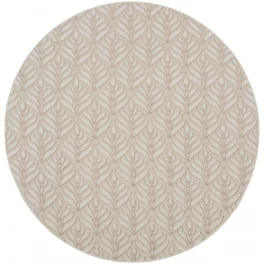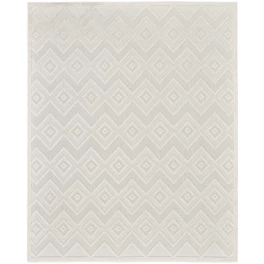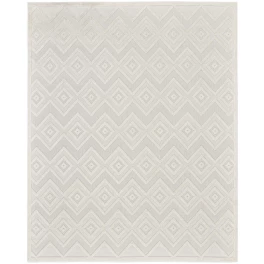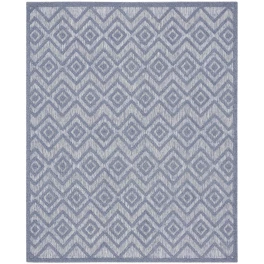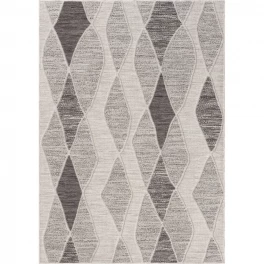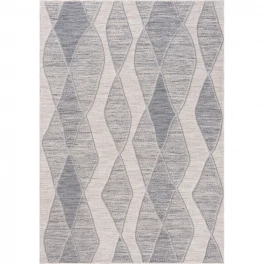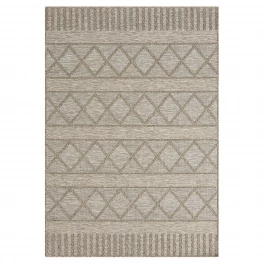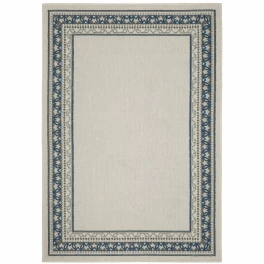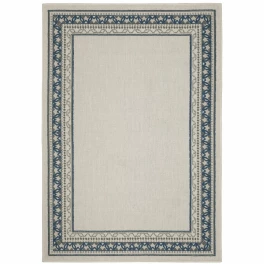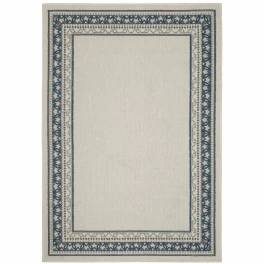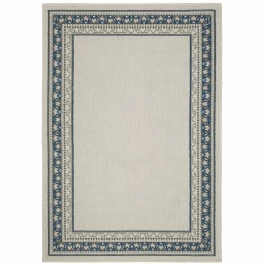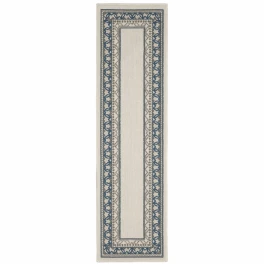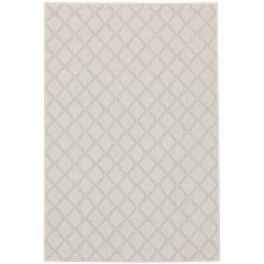Engineered flooring has long been sold as a moderately reasonable substitute for 100 percent hardwood flooring. While it’s generally not thought of in the same light as prestigious solid hardwood, many homeowners have found it a more than adequate solution to their flooring needs.
Recently, however, the winds have changed, and engineered flooring has grabbed a pretty sizeable share of the world’s wood floor market. Often, the two types of flooring are used interchangeably – much to the chagrin of diehard hardwood enthusiasts. It’s often difficult to say which type of wood flooring is better, as it really all depends on what you need from your floors – there is no one size fits all type of answer here.
Hardwood flooring and its numerous benefits have been well-documented throughout the history of home improvement, so instead, we are going to dig deeper into the positives and negatives of engineered flooring. Hopefully, after you’re done reading, you’ll know if perhaps engineered flooring is the right floor solution for your latest home renovation project.

Photo by BILD LLC on Shutterstock
What Is Engineered Flooring?
What, exactly, is engineered flooring? And, how does it differ from solid hardwood? Well, engineered flooring is made from genuine hardwood, but it’s layered and only the veneer is usually solid wood. The core is made up of high-quality plywood that is layered and laminated together to create a strong board. Real hardwoods are solid wood all the way through, while engineered flooring is more of a splice job.
It’s much different from laminate floors, which is fake wood meant to imitate wood – engineered floors area all real wood. When given the option, hardwood is usually the go-to option (at least for purists), as it is more aesthetically pleasing, lasts longer because it can be sanded over and refinished time and again, and it will have better resale value down the road.
However, engineered flooring is seen as the more practical choice for a variety of reasons. Most homeowners don’t realize the costs are going to be surprisingly similar, although hardwood floors are going to be substantially more difficult to install – something that should definitely be taken into account when looking at the projects bigger picture. But, just keep in mind that engineered flooring is real wood, just with a thinner veneer and a core of mostly composite woods.

Photo by Kridsada Krongmuang on Shutterstock
Positives
1) Ease of installation is one of the biggest positives when it comes to engineered floors. Installing solid hardwood floors is going to be a much more costly production than engineered floors, as the material is easier to work with. While you might still need a flooring professional (depending on your level of home improvement skills), the work will be quicker and cost less. There are also multiple ways of installing engineered floors, like nails, staples, and even glue, all are known to work well.
2) Engineered floors will often not require a plywood subfloor, which can reduce significant labor from your project. So, if you are installing it on concrete you don’t have to worry about a layer of plywood – you’re all good to go!
3) Engineered flooring can be installed below grade, like in a basement that sits below the ground. It is much more flexible when it comes to installation, and assuming your basement doesn’t flood regularly, it can be a great choice for it.
4) Generally speaking, engineered floors are going to be more stable than hardwood floors – surprising, I know. The way that the wood is layered (perpendicular) makes for a stronger construction, and this leads to far less expansion and contraction, giving the boards a tighter fit – this is especially helpful during the winter months. Because of this, you can also save money by going wider in the planks.
5) Engineered hardwood floors can be more cost effective, especially if you get the thinner boards. These won’t stand up well to sanding, but when compared to boards with thicker veneers they are much cheaper. While thinner boards will be strong and last long, they just won’t be able to take re-finishes so be careful if you have pets around the home.
6) Moisture is not going to be as big of an issue when it comes to engineered flooring, even more so when compared to hardwoods which can be a disaster in this area. You will not see the type of bloating and warping you get from hardwood, easily one of the biggest positives of engineered flooring. This will surely come into play when you think about your homes resale value (granted solid hardwood also has excellent resale value), as they can be advertised as wood floors (because technically they are), instantly making your home more attractive to potential buyers.

Photo by Zanoni Photos on Shutterstock
Negatives
1) A big negative when it comes to engineered floors is their inability to hold up to sanding and refinishing. Due to the thinness of the veneer, this can only be done a few times even with the highest quality of engineered flooring. For this reason, steer clear if you have a lot of pets running around.
2) Many times, manufacturers cut corners and use cheaper cuts of wood for the core layers – be aware of this. This can really eat into the life of your flooring, and if the wood used is too thin, your floors won’t be able to be re-finished at all.
3) Some people, especially hardwood floor purists, like to argue that engineered floors don’t look as authentic, and, in worst cases, downright fake. This can happen if you use cheaper cuts and get a bad installation job, but more often than not they compare pretty adequately. Also, if the floors are floated there is a possibility that they might feel fake.
This can happen when the flooring is particularly even and smooth, causing the boards to move when walked upon – this will definitely make them seem cheap and artificial. This can seriously impact your homes resale value, so make sure they’re done right upon installation to avoid future headaches.

Photo by TFoxFoto on Shutterstock
Outlook
Engineered floors definitely come with more positives than negatives for most homeowners, and its right up there with solid hardwood when it comes to top-notch flooring material. Engineered has a bit more versatility, and it can be installed in more rooms in your house because of its toughness against moisture as compared to hardwood. Still, it’s not advisable to install it in your bathroom, kitchen, or laundry room – that is just asking for trouble.
Engineered flooring is more geared at folks who love the look of hardwood but need a bit more practicality from their flooring – think of it as splitting the difference. It can be used in more rooms in your house, and if we assume you go with the high-quality stuff, it can be an excellent pick when it comes to resale value.
Sadly, you will not get quite the longevity that you would from through and through hardwood, but you will get quite a bang for your buck when all things have been considered.

Photo Stasique on Shutterstock
In the end, the positives and negatives of engineered flooring will help each individual homeowner make a decision that is right for them and their specific situation. It brings a ton of practical benefits, while also looking classy and elegant in the same vein as 100 percent hardwoods.
But, ultimately, this will come down to a project by project basis, and, again, remember: there is no one size fits all solution.




